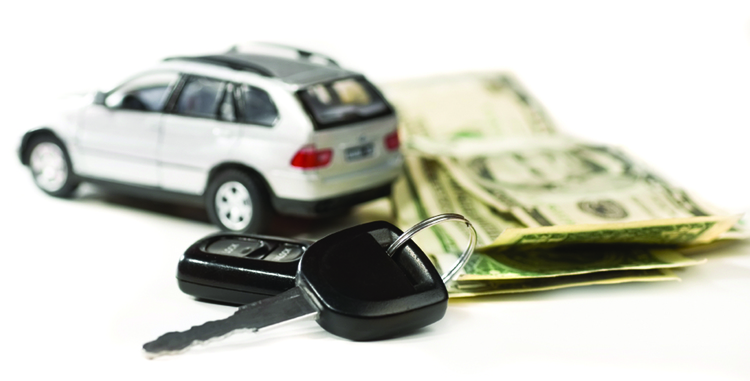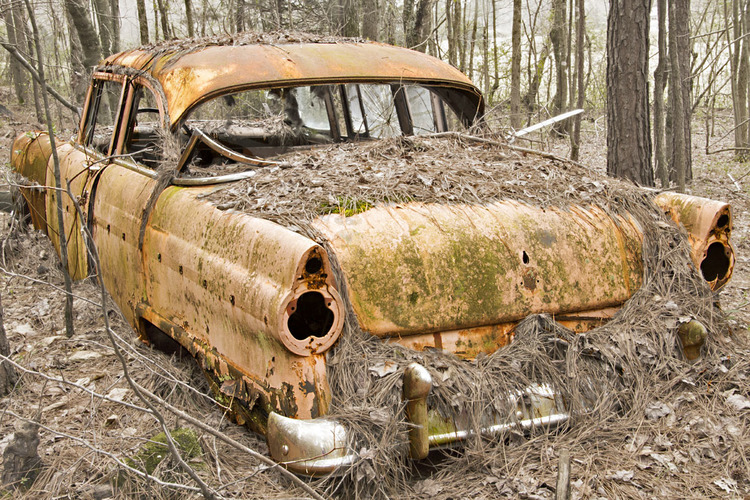New Car VS Used Car: Which is Right for You?

(Photo Credit: Gary's Automotive)
Choosing between a new or used car has always been an age-old dilemma for drivers. While both have its merits, deciding which to get can be a tough choice for first-time buyers.
If made into a movie, deciding between a brand spanking new vehicle (complete with the alluring new car smell) versus a not-half-of-my-life-savings used car would be three whole hours of you rocking back and forth, rhythmically chanting "I don't know la! I don't know la!"
Well, we learnt our lesson and simply won't allow that to happen to you. Take these things into consideration!
Waiting Time
 (Photo Credit: Dentist in Steveston)
(Photo Credit: Dentist in Steveston)
How it works is that there are two COE Open Bidding Exercises every month, and basically the collective of eager new drivers wave their dollars until the bidder with the fattest wad of cash wins his paper prize.
As mentioned before, this process comes twice each month and you might not succeed the first time. Just remember to be patient. You’ll get it eventually.
If you're really in desperate need of a car, then a used one might be better for you. You can get one on the road in less than a week, depending on the arrangement!
Loan
 (Photo Credit: We Say Yes Program)
(Photo Credit: We Say Yes Program)
Unless you were born with a silver spoon in your mouth, you'd probably think of getting a car loan.
For new cars, all car loan tenures are capped at five years. Depending on your car's Open Market Value (OMV), your loan amount will vary.
If your vehicle's OMV is $20,000 or less, your maximum Loan to Value (LTV) is 60% of the purchase price of the car, inclusive of taxes, fees and COE. For a vehicle with OMV of more than $20,000, the maximum LTV is 50%.
If you're not sure of your car's OMV, you can check it here!
For example, a new Toyota Corolla Altis (priced around $110,888) has an OMV of about $17,804. That means you can get a 60% loan on your car.
Now… about that remaining $44,355, you will have to shell it out yourself
What about a used Toyota Corolla Altis with five years of COE going at about $65,000? That one requires you to pay $26,000.
If paying a new car means selling your clothes down to your undies, then you might want to invest in a used car instead—unless you prefer that new and premium leather feel on your bare bottom, of course.
Scrap Value and Revised Carbon Emissions-Based Vehicle Scheme
 (Photo Credit: NBC)
(Photo Credit: NBC)
For those of you who forgot or aren't up to speed, this is what you need to know about scrap value and the Revised Carbon Emissions-Based Vehicle Scheme (CEVS).
The CEVS was implemented to reward car owners for purchasing vehicles that release a relatively low amount of carbon emissions per km (CO2). These rewards come in the form of rebates to offset from their Additional Registration Fee (ARF). On the other hand, cars that emit too much carbon emissions will be penalized with surcharges.
The amount of rebate and surcharge varies, depending on how much chemicals your car releases. Taxis also get more rebate or surcharge as they spend more time on the road.
 (Photo Credit: LTA)
(Photo Credit: LTA)
That much rebate?! At best, that's $20,000 off your car!
Well, the rebates don't come from thin air. Instead, they're offset from your ARF. Fine and dandy? Not really.
Let's let George Lee, General Manager Auto Germany and Alpine Motor explain, "Since the ARF of the vehicle will be reduced by the amount of the CEVS rebate, the PARF value will also be reduced". He goes on to say, "If the OMV or open market value of a car is $15,000 and the CEVS rebate is $10,000, then its ARF becomes $5,000 instead of the usual $15,000 (ARF is equal to 100 per cent of OMV)."
Basically, your rebates offset against the ARF in turn lowers the PARF value, also known as your scrap value. For new car users, this could affect whether you'd rather scrap your car for a lower price or extend your car's lifetime by another 10 years and minimise the losses of your lowered scrap value.
Depreciation
 (Photo Credit:Sometimes Interesting)
(Photo Credit:Sometimes Interesting)
Used cars tend to have higher depreciation than new cars.
Take for example, the Toyota Corolla Altis. A new 1.6 Standard (A) would depreciate at about $10,200 a year. Now, a used Altis' depreciation is around $11,500 per year. The difference is in the hundreds, going up to the thousands a year. If you're planning to sell your car a short time after, this matters in the sense that time is money.
When it comes to calculating the final cost, this is something definitely to note.
If you are interested in buying a used car, Motorist has just launched its Used Car Listing page! This bidding platform is the first of its kind as we connect you to direct sellers for all the convenience and affordability perks you won't find anywhere else. So start your search now!
Schedule a phone call or no-obligation test drive to find out more
Read more: 6 Mistakes to Avoid When Buying Your First Car
Download the new Motorist app now. Designed by drivers for drivers, this all-in-one app lets you receive the latest traffic updates, gives you access to live traffic cameras, and helps you manage LTA and vehicle matters. Download it now and stand a chance to win $450 worth of petrol vouchers weekly.

